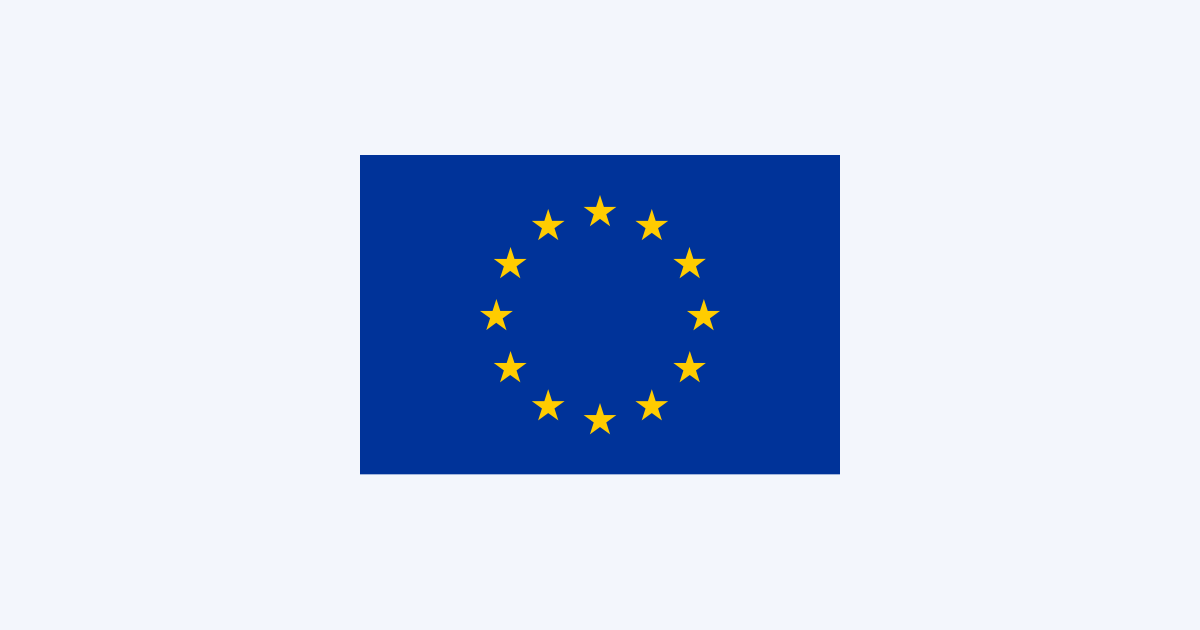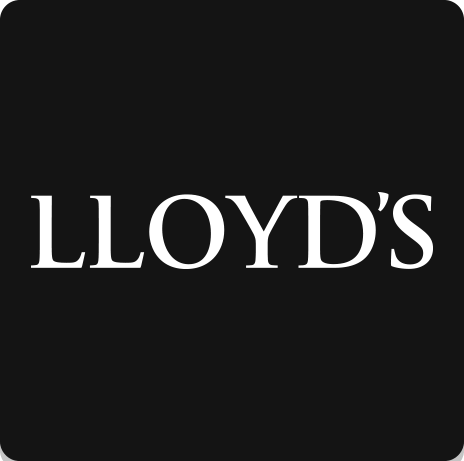What are the Compliance Requirements in the Solvency II Reform?
The Solvency 2 Directive ensures EU insurance and reinsurance companies protect policyholders. Its three pillars include quantitative (capital requirements), qualitative (governance, risk management), and reporting (transparency) aspects.

Grand “Answer”:
The Solvency 2 Directive is a regulatory framework applicable to insurance and reinsurance companies in the European Union (EU) with the objective of ensuring adequate protection for policyholders and beneficiaries[1]. The directive consists of three pillars: quantitative requirements, qualitative requirements, and reporting and disclosure requirements[1][3]. Pillar 1 focuses on quantitative requirements, which include minimum capital requirements, solvency capital requirements, and technical provisions[1]. Pillar 2 addresses qualitative requirements, such as governance, risk management, and the Own Risk and Solvency Assessment (ORSA)[1]. Finally, Pillar 3 deals with reporting and disclosure requirements, ensuring transparency and accountability through regular reporting to supervisory authorities and disclosures to the public[1][2].
Source
[1]

[2]

[3]

Regulatory Compliance through Solvency II: An Overview
Solvency II, a crucial regulatory framework within the European Union, has been introduced to elevate standards in the insurance industry, fostering enhanced consumer protection and the international competitiveness of EU insurers. The framework applies to a wide variety of insurance and reinsurance entities, including mutuals and companies in run-off, unless they have an annual premium income of less than €5 million. These stipulations ensure that a broad scope of organizations adhere to these elevated standards, promoting wider compliance across the sector.
In essence, Solvency II is not just about capital but comprises a comprehensive program of regulatory requirements for insurers. These cover diverse areas such as authorisation, corporate governance, supervisory reporting, public disclosure, risk assessment and management, solvency, and reserving. This comprehensive coverage further expands the compliance requirements under Solvency II, necessitating insurers to adopt robust internal processes and systems to maintain regulatory compliance. In providing a uniform and enhanced level of policyholder protection across the EU, Solvency II establishes a more robust system that offers greater confidence to policyholders and upholds the integrity of the insurance industry.

Compliance Mechanisms under Solvency II: Pillars, Supervisory Review, and Reporting
The Solvency II directive incorporates a risk-based capital regime, akin to Basel II, consisting of three distinct "pillars". Each of these pillars represents a different compliance area, providing a multi-faceted approach to regulatory compliance. Pillar 1 involves a market consistent calculation of insurance liabilities and risk-based calculation of capital, Pillar 2 constitutes a supervisory review process, and Pillar 3 imposes reporting and transparency requirements.
These pillars place compliance at the forefront, setting standards for capital requirements, management processes, and transparency measures that insurers must follow. They serve to not only regulate the industry but also offer clear compliance guidelines that insurers can align their operations with. The supervisory review process, embedded in Pillar 2, brings an additional layer of compliance scrutiny. It assigns an instrumental role to the insurance supervisor, who bears the responsibility of ensuring that insurers effectively implement and adhere to Solvency II's provisions.
Moreover, the European Insurance and Occupational Pensions Authority (EIOPA) provides guidelines to avoid discrepancies in practice, thus ensuring a harmonized compliance approach across different entities. Solvency II's emphasis on formal governance requirements and increased transparency through public reporting sets clear expectations for insurers, promoting accountability and comprehensive disclosure on their risks, capital adequacy, and risk management strategies.
Lastly, the Lamfalussy Process through which Solvency II is implemented underscores the importance of legislative compliance at different stages, from primary legislation to post-implementation enforcement. This systemic approach to legislative compliance further reinforces the critical role of regulatory adherence in establishing a more resilient, transparent, and efficient insurance sector in the European Union.
Grand Answer: Your AI Partner
Designed to support compliance officers, legal counsels, and other professionals responsible for adhering to regulatory standards, Grand Answer aims to facilitate an efficient and straightforward compliance process.
Grand is live 🎈, check out our GPT4 powered GRC Platform
Reduce your
compliance risks


